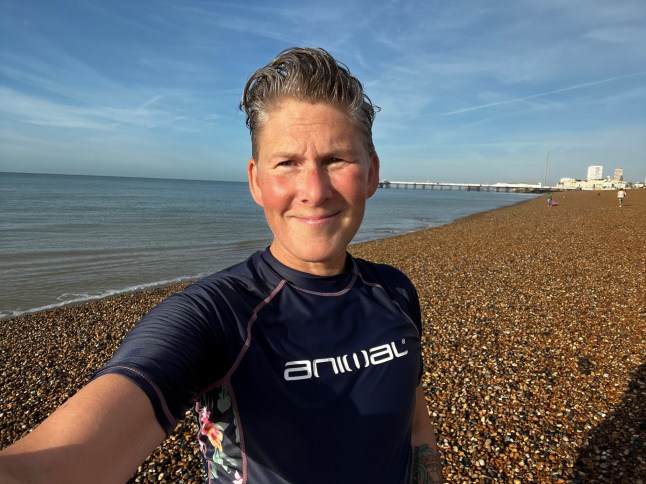
For most women, losing their breasts through cancer can be a hugely traumatic experience, both physically and emotionally.
But I’m not most women. I identify as trans non-binary, sitting comfortably between genders.
This was brought into sharp focus in 2021, when I was diagnosed with early-stage breast cancer, aged 50.
Of course, my diagnosis was scary. But I have hated my breasts for my entire life. So alongside the trauma of a cancer diagnosis, for me, it was also an opportunity to get the chest I’d always wanted.
I’m aware that’s a shocking thing to say, and for many, a shocking thing to hear.
For all my adult life, there was nothing more terrifying and upsetting than women’s cancer screenings because I never felt like a woman.
While I have enormous respect for our wonderful NHS, providing life-saving cancer screening, I have always hated looking at or touching my breasts and was terrified of going for smears.
Breast Cancer Awareness Month
Breast Cancer Awareness Month falls every October designed to raise awareness of the disease and fundraise for research into its cure.
You can read more stories about breast cancer below:
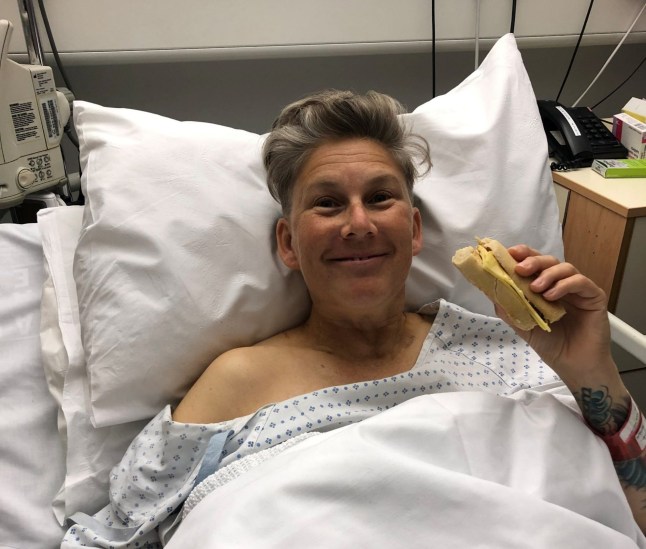
Join Metro's LGBTQ+ community on WhatsApp
With thousands of members from all over the world, our vibrant LGBTQ+ WhatsApp channel is a hub for all the latest news and important issues that face the LGBTQ+ community.
Simply click on this link, select ‘Join Chat’ and you’re in! Don’t forget to turn on notifications!
It wasn’t until I was in my mid-forties that I had the language to describe how I identify and suddenly, life made sense.
Still, medical professionals don’t always know how to deal with people who don’t fit the gender binary.
Days before I hit my half century, my first ‘you’ve turned 50, here’s your breast cancer screening invite’ arrived.
In attending the appointment, I knew I’d be surrounded by – what I viewed as – ‘proper women’, drawing my difference into even starker contrast. However, as my mum had gone through breast cancer 15 years before – and I’ve already been on my own 10-year journey with blood cancer – I knew I had to dig deep and go.
I did. The appointment was over in minutes; utterly procedural, come in, take your shirt off, stand there. In the aftermath came a second letter.
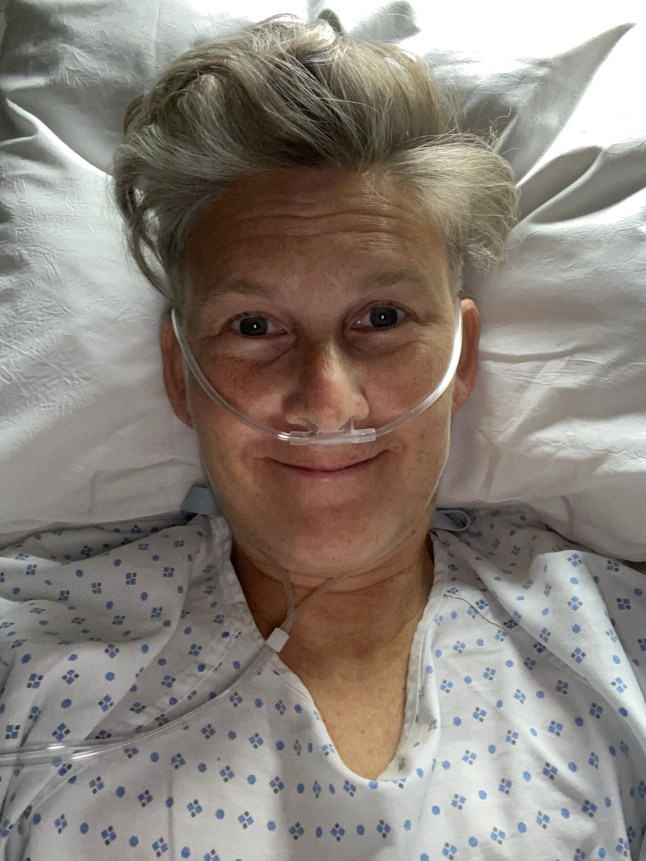
They’d found something. Apparently, I had a 25% chance of it being the Big C, so I needed a follow-up appointment, and went back in.
Two weeks and 12 biopsies later, I sat in the breast clinic. I stared silently at the posters on the walls, various depictions of women, not one of them looked like, or I felt, represented me.
I thought being surrounded by others, all equally as anxious about what lay ahead would be unifying, but I felt so utterly out of place and very alone.
Sure enough, I was told I had cancer. It felt – and still feels – so very jarring and unaligned to who I am to ever be discussing ‘breasts’.
As the words sank in, I couldn’t help but feel like I was to blame. My thought process was that my long-held hatred for my boobs brought this upon myself because I’d always wanted them gone.
The doctor went on to say it was very treatable, telling me how lucky I was, and that he’d book me in for a lumpectomy (surgery to remove cancer and conserve the breast), or a single mastectomy (complete removal) and reconstruction, followed by radiotherapy.
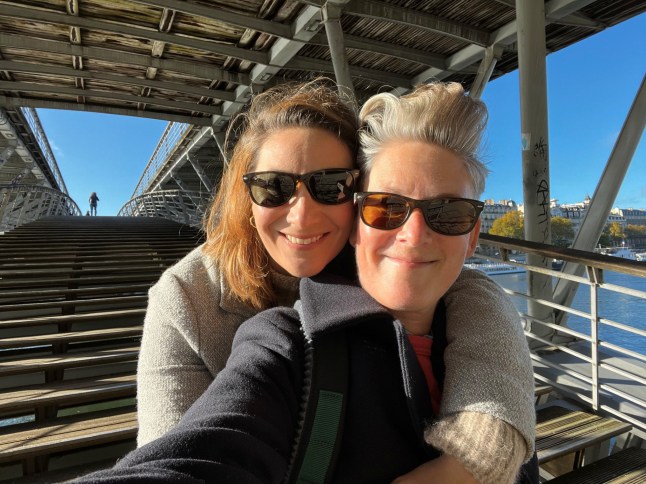
Breast cancer symptoms
The first symptom of breast cancer that most women notice is a lump or an area of thickened tissue in their breast.
You should see a GP if you notice any of the following:
- a new lump or area of thickened tissue in either breast that was not there before
- a change in the size or shape of one or both breasts
- a discharge of fluid from either of your nipples
- a lump or swelling in either of your armpits
- a change in the look or feel of your skin, such as puckering or dimpling, a rash or redness
- a rash (like eczema), crusting, scaly or itchy skin or redness on or around your nipple
- a change in the appearance of your nipple, such as becoming sunken into your breast
The relief was huge. I wasn’t going to die.
But, where did that leave my gender-affirming journey? I asked if a double mastectomy was an option, given that they were happy to take my cancer breast away and build me a new one, but he said, ‘there was no need to remove a healthy breast’.
I tried to explain how I identified and where I was on my gender journey, that cancer had thrown a massive spanner in my gender affirming care plans as top surgery may gets more complicated post radiotherapy cancer treatment, but the answer remained ‘no’.
For me, the only course of action was to have both my breasts removed. This was a chance to get the flat chest I’d always dreamt of.
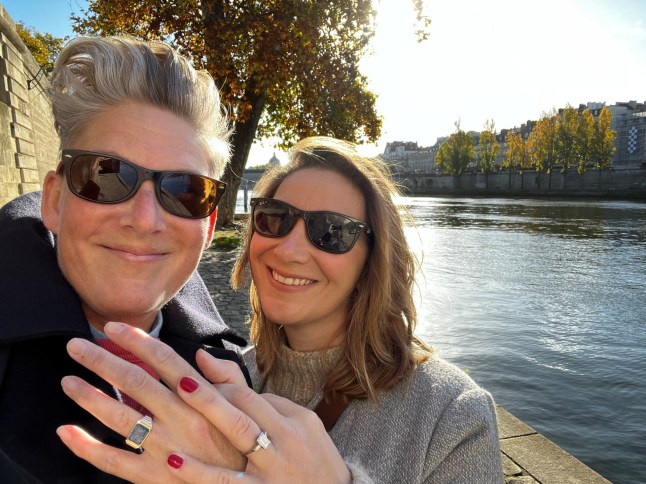
After several more disappointing appointments with surgeons, I finally found a private breast and oncoplastic specialist who was empathetic, listened to my story and understood that all cancer patients are unique.
Treatment is not a one size fits all and after taking my case to a multi-disciplinary board to gain approval, my amazing surgeon confirmed he’d do a double mastectomy.
Six weeks later, he removed the cancer, both my breasts, my nipples, and reconstructed the skin around the pectoral muscles. After six hours of surgery, I was wheeled back into my room, where my beautiful wife Emma was waiting.
I remember her gently pulling the sheet down and opening the gown so I could see my completely flat chest. The relief and joy were overwhelming.
The importance of screenings
Cancer screening can help spot cancers at an early stage, when treatment is more likely to be successful. For advice on attending screening as a trans or non-binary binary person, visit Cancer Research UK’s website here.
Screening is for people without symptoms. If you notice anything that is not normal for you, contact your GP. In most cases it won’t be cancer, but if it is, spotting it early can make a real difference
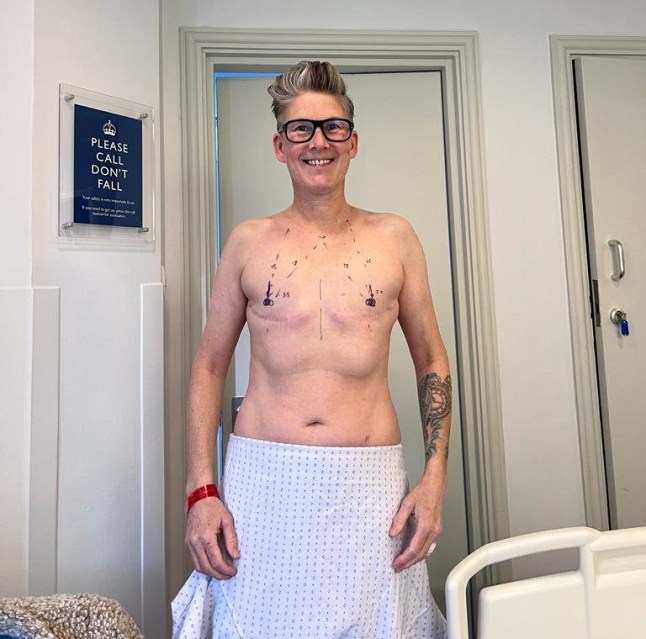
Amid the tears and fear of cancer, it was the amazing silver lining.
Post-surgery, I attended a cancer support group, hoping to meet someone who may relate to my experience. But as I shared my story, I felt like such a fraud, guilty for feeling so positive about what cancer had given me.
Certain cancers – like the blood cancer I live with and keep under control with daily chemo tablets – feel non-gendered. I have regular check-ups and every time the waiting room is filled with a variety of people, so I never feel out of place – we all bleed red.
But what about those cancers that are typically associated with one gender? We need more consideration as to how they might affect someone who doesn’t identify with their sex assigned at birth.
This has to improve. But I urge everyone, no matter how you feel about your body (parts) – please don’t ignore them.
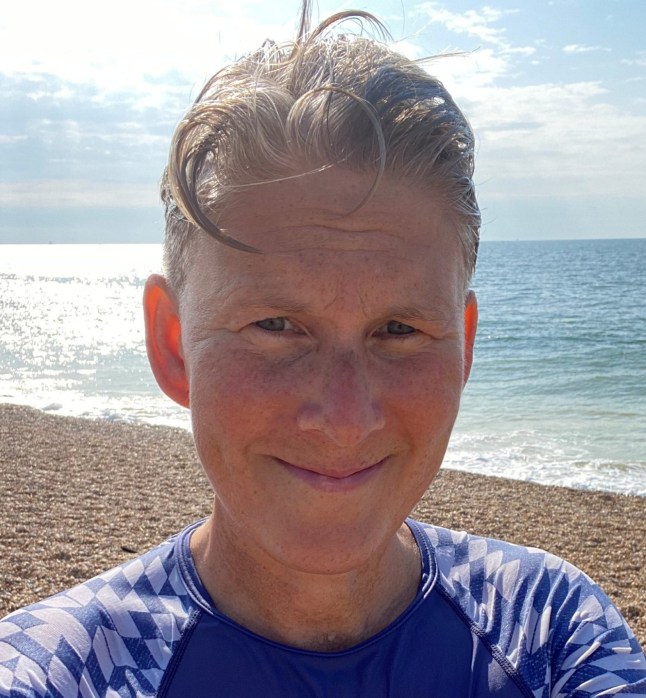
Female cancers can affect you, even if you don’t identify as female.
From the horridness of cancer, I’ve been fortunate to be able to take something positive – to finally choose the body shape that is right for me. But what if there are more people like me within our beautiful trans and non-binary community?
Can’t we be doing more to be kinder and more inclusive? To ensure everyone is seen for who they are and how they identify?
Whatever health services people need to access, they should be able to do so with the care, respect, and dignity they deserve.
Do you have a story you’d like to share? Get in touch by emailing James.Besanvalle@metro.co.uk.
Share your views in the comments below.
Write Reviews
Leave a Comment
No Comments & Reviews